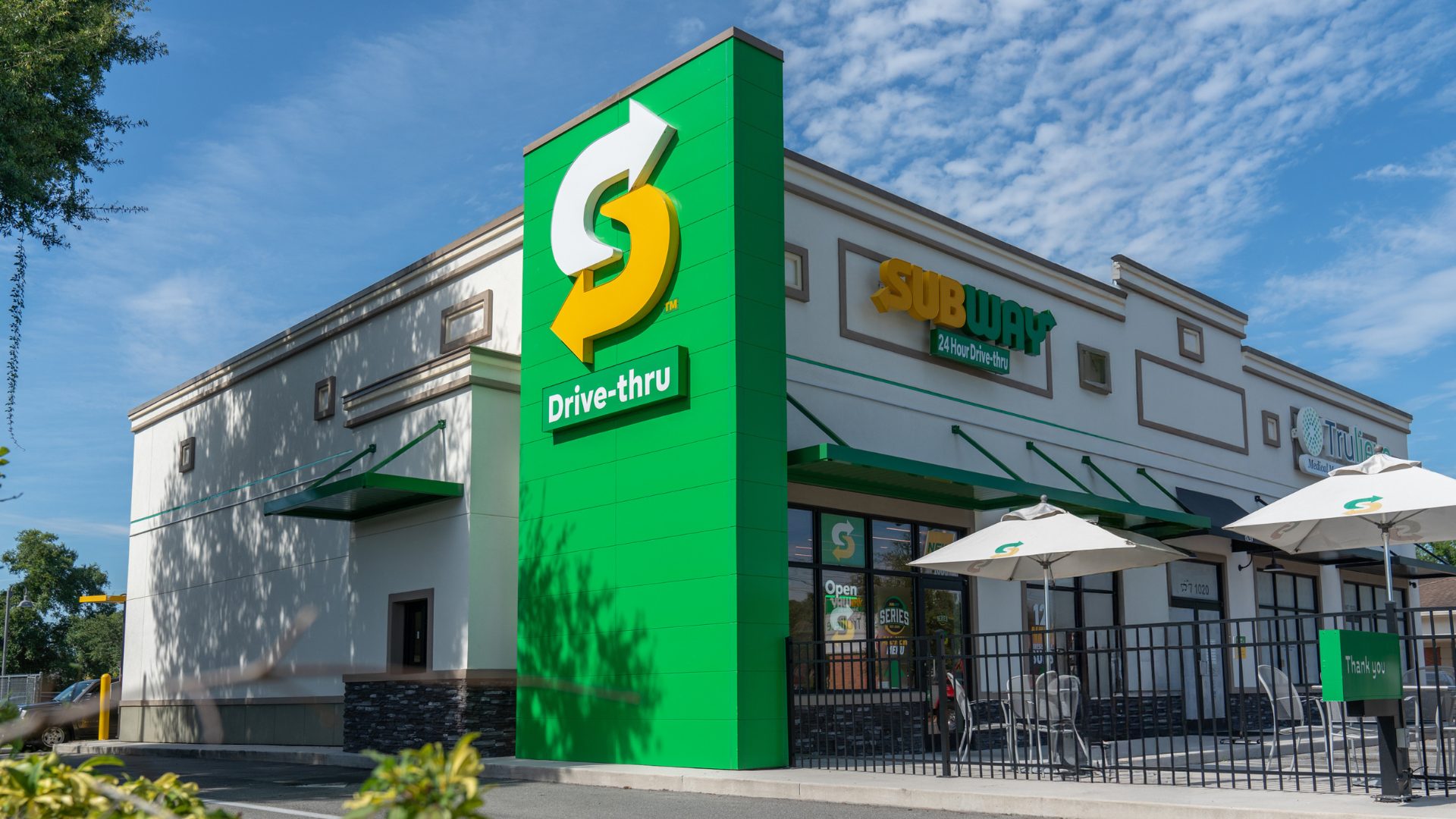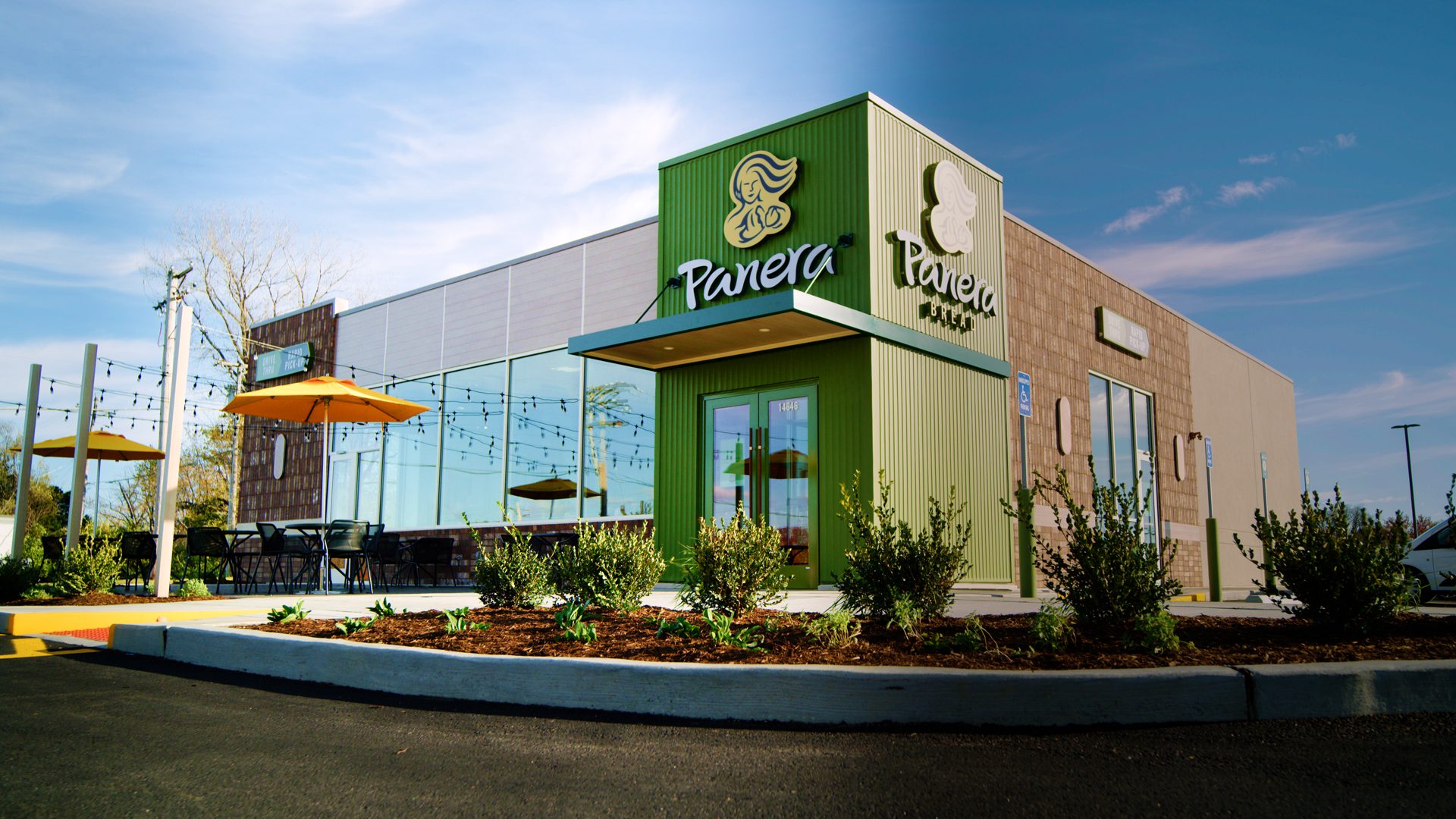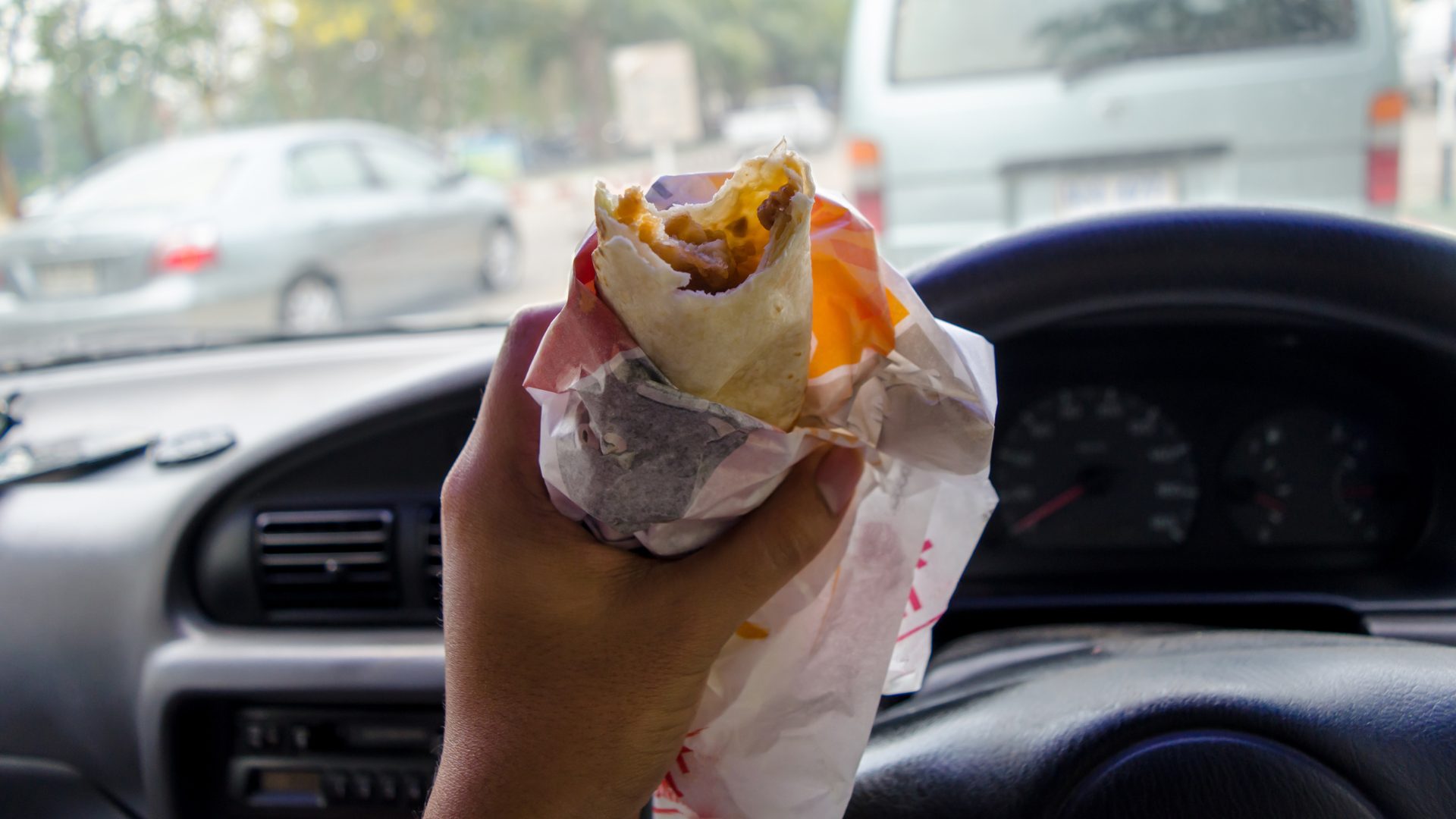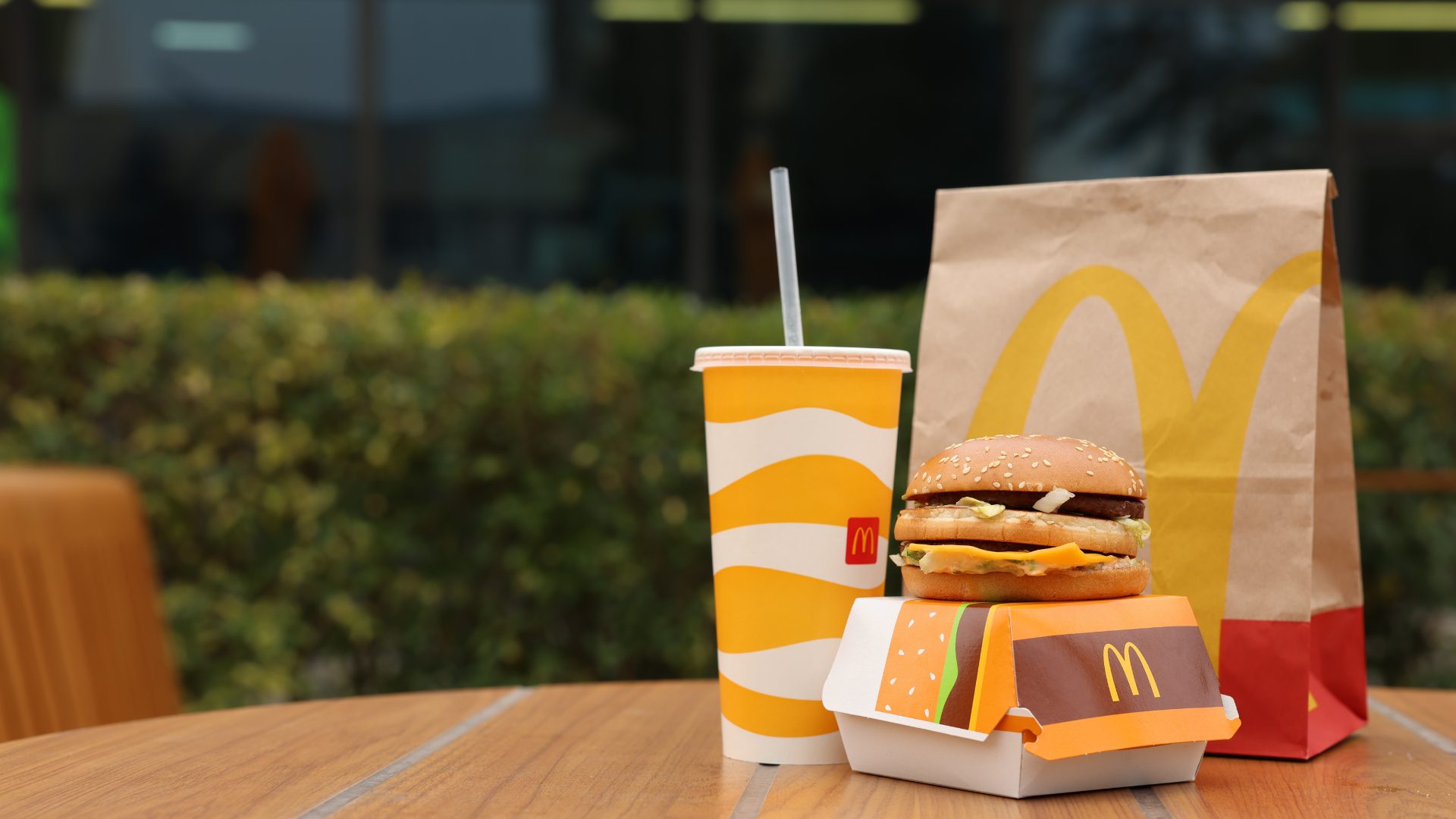One of the biggest changes in the market over the past 10-15 years is that investors have succeeded solely by buying the best business, not necessarily the best stock. Focusing on fundamentals over quality has been a good way for investors to underperform.
Some observers have criticized that shift as proof that “valuations don’t matter anymore”. But in fact there are good reasons for that shift – which the restaurant and packaged food spaces both highlight.
With the rise of online advertising in particular, better businesses have many more ways to tell many more consumers that they are better businesses. Technological advances such as cloud computing and industry shifts to outsourced manufacturing have undercut the legacy benefits of scale. Being big simply isn’t enough anymore.
A Deeper Dive on Restaurant Earnings
Restaurant earnings for the calendar second quarter in the restaurant space add yet further confirmation of this long-term trend: obviously, the period was not easy for the industry. Inflation has moderated, but the “compounding” effect of multiple years of price increases has pressured consumers particularly on the low end.
In some respects, the biggest recent winners in the restaurant space were those whose business models left them with little exposure to lower-income consumers.
Perhaps the most notable result of restaurant earnings season came from McDonald’s, whose same-restaurant sales actually declined 0.7% year-over-year in the U.S. In previous quarters, management had highlighted weak visitation from lower-income customers, and that pressure only increased in Q2. But execution was a factor as well: CEO Chris Kempczinski admitted that his company’s longstanding “value leadership gap” against peers had shrunk.
McDonald’s responded by returning to its value roots with a $5 bundle; essentially every quick-service peer has since followed suit. Most had little choice: Burger King and Wendy’s both posted similarly weak same-restaurant growth. Both rivals told similar stories. Wendy’s in fact not only said that its lower-income consumers (under $75,000 in household income) were cutting back, but that its higher-income consumers were increasing visits, perhaps as a result of trading down from the fast casual and casual dining segments.
In fast casual, for the most part the best and most differentiated operators remained the best operators. Chipotle, Sweetgreen, and Shake Shack all gained after earnings, with the latter two posting huge rallies. Sweetgreen stock jumped 33%; Shake Shack an impressive 17%. Both stocks sit near multi-year highs.
El Pollo Loco continues its turnaround, but even its overall margins weakened modestly year-over-year. Its own value offering, a 3 for $9.99 or $8.99 deal, further cements the idea that all but the most established operators in the space simply have to compete on price.
Even for those companies that haven’t reported earnings, investors are clearly anticipating more of the same. Cava has bounced back from a market-driven sell-off ahead of its release next week and is nearing its past highs; Red Robin Gourmet Burgers is threatening an all-time low, 22 years after it went public, as investors sour on yet another attempted turnaround.
But even here inflation is raising its head. Chipotle warned of lower margins in coming quarters, in part because of efforts to maintain consistent portion sizes, but also due to higher avocado and dairy prices.
Casual dining remains exceptionally difficult these days, and only the better operators can power through.
Dine Global, the operator of Applebee’s, IHOP, and Fuzzy’s Taco Shop, is seeing negative same-restaurant sales across the portfolio. Applebee’s clearly was outperformed by Brinker International’s Chili’s, who launched a 3 for $10.99 offering that it marketed as competitive with fast food options.
IHOP didn’t perform much better, with comps down 1.4%. Clearly, the breakfast daypart is pressured, with Denny’s too posting negative top-line results and even higher-end First Watch posted a 4% decline in same-restaurant traffic. Cracker Barrel is struggling on every front, with inflation pressuring its larger base of fixed-income customers; its stock has been halved so far in 2024, and trades at a 14-year low.
What Do These Restaurant Earnings Mean?
To anyone paying attention, the overall trend in the industry in Q2 was not much of a surprise. Inflation is moderating, but there clearly is a delayed effect of the price increases taken over the last two-plus years. The lower-income consumer is wobbling. Between trade-downs in quick-service, and a clear pullback in breakfast, there is some evidence that even customers on a firmer financial footing are shifting toward more in-home consumption.
All told, it’s a difficult environment. And if it was risky to own a substandard business before the last few years, it seems downright dangerous now.
About the author: Vince Martin is an analyst and author whose work has appeared on multiple financial industry websites for more than a decade. He is the lead writer at Overlooked Alpha, which offers market-wide and single-stock analysis every week. He is currently short shares of Brinker International.
The Food Institute Podcast
In this episode of The Food Institute Podcast, IFDA President and CEO Mark S. Allen discussed the pressing challenges and innovative solutions in the foodservice distribution industry. Allen delved into topics such as labor shortages, transportation issues, technology advancements, and the importance of industry events like IFDA’s Solutions Conference.












